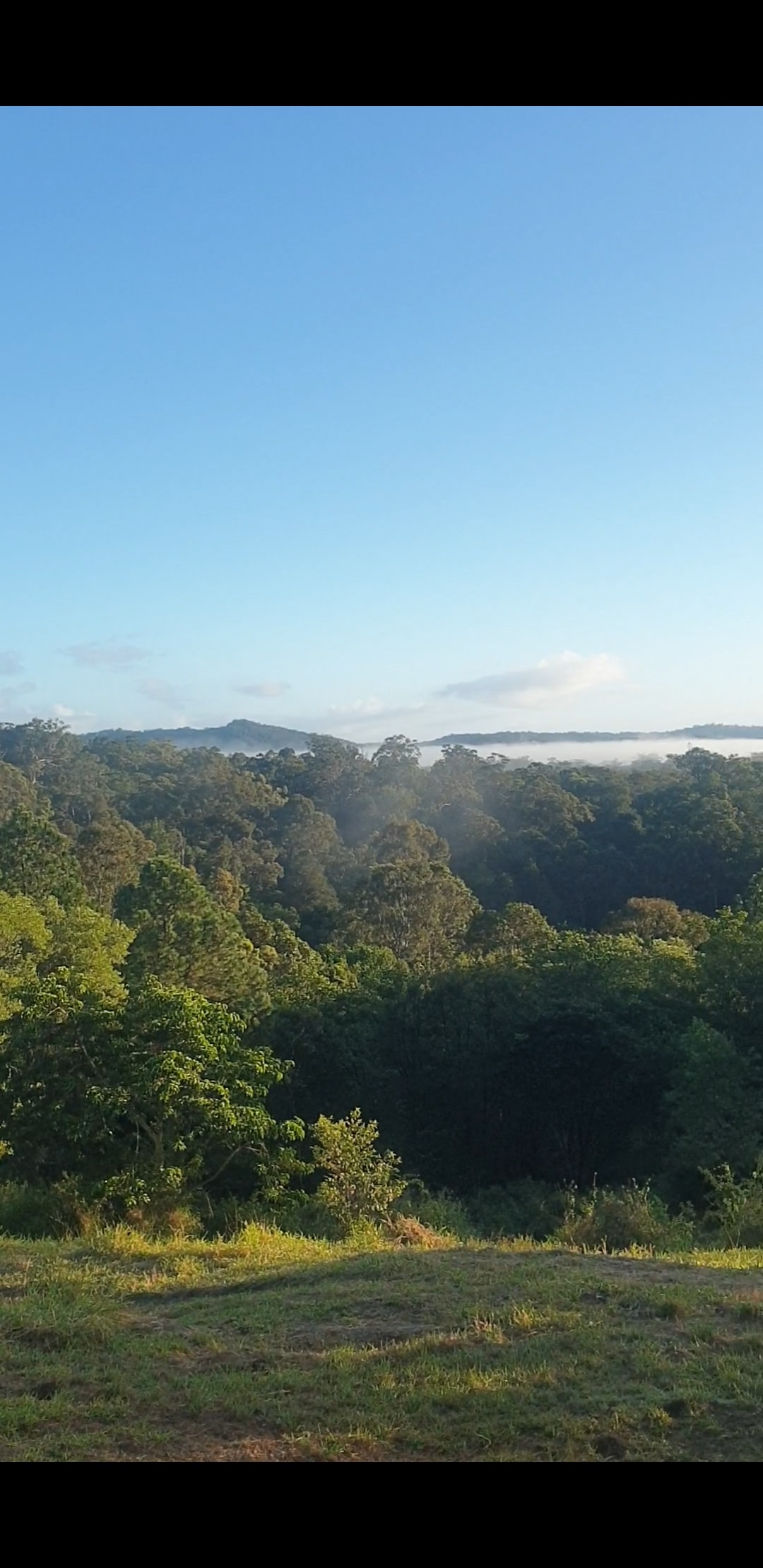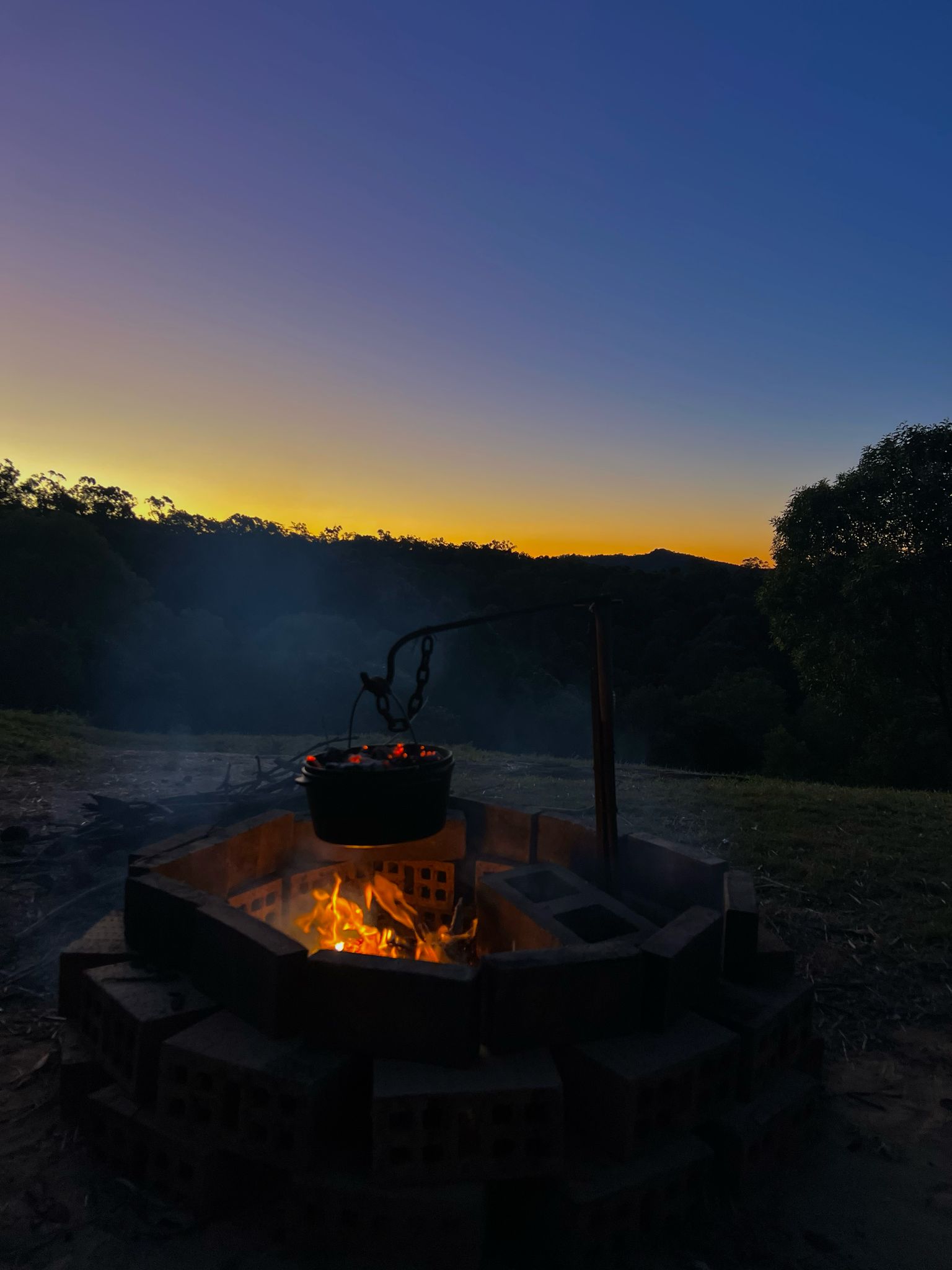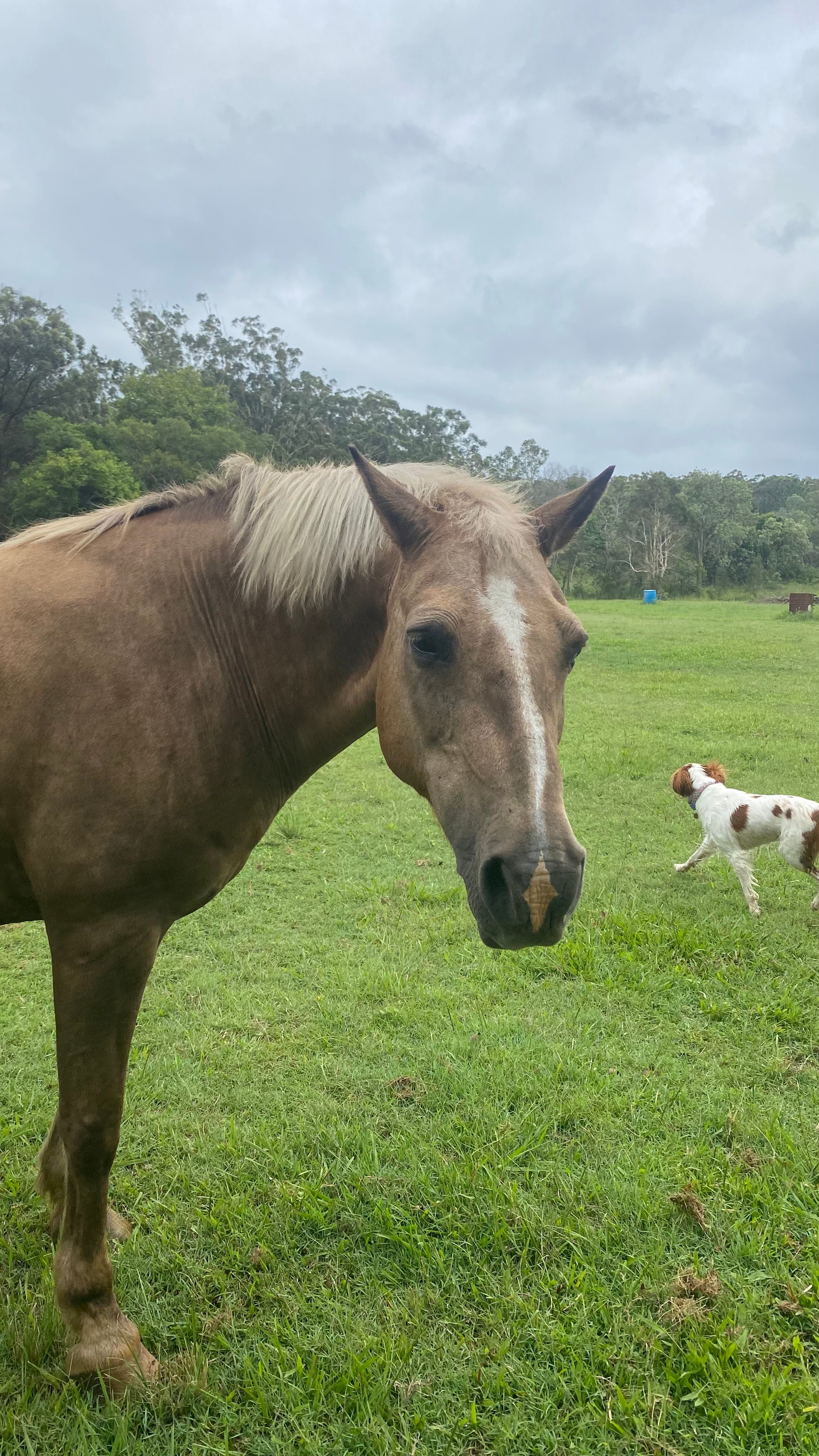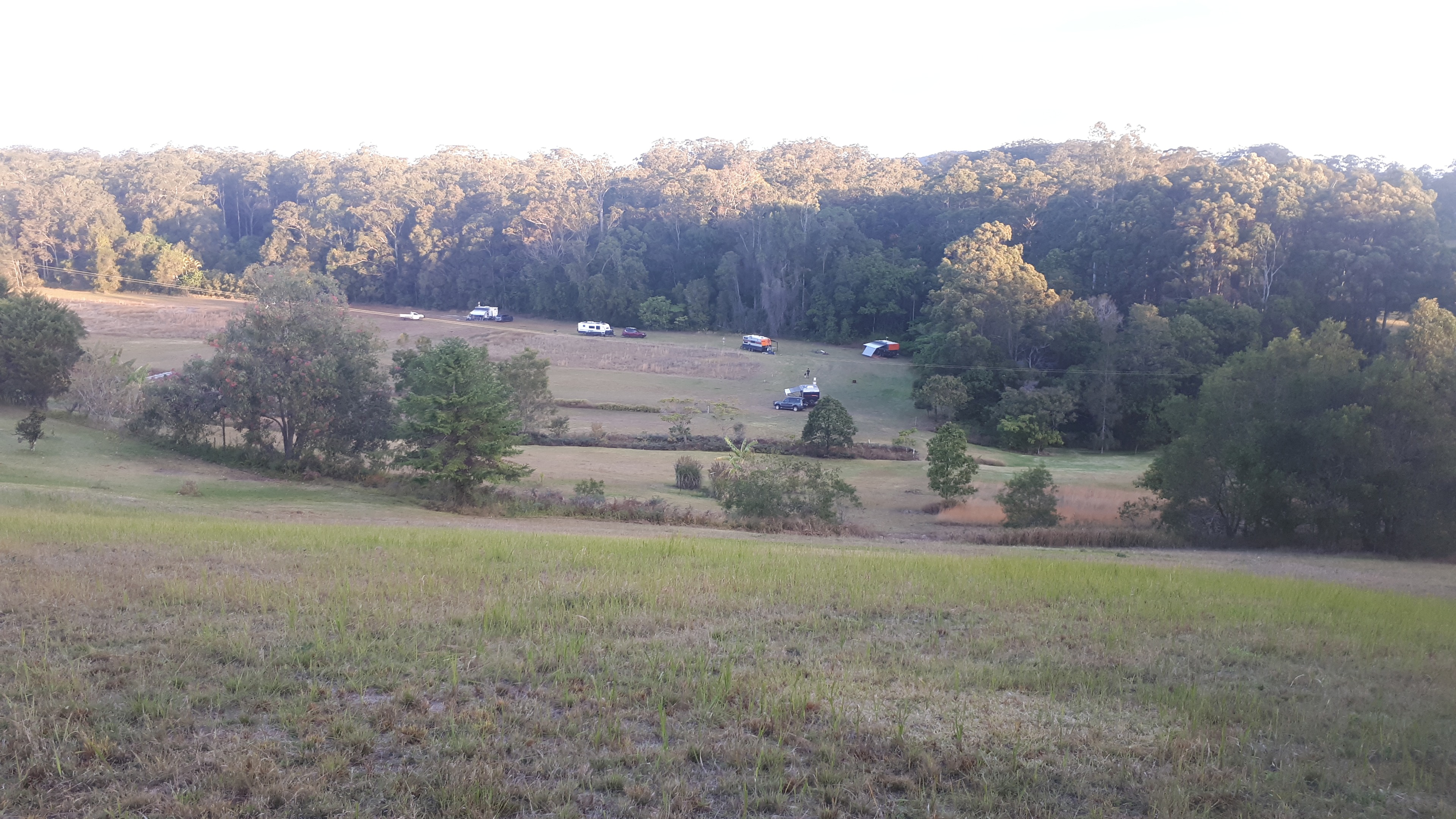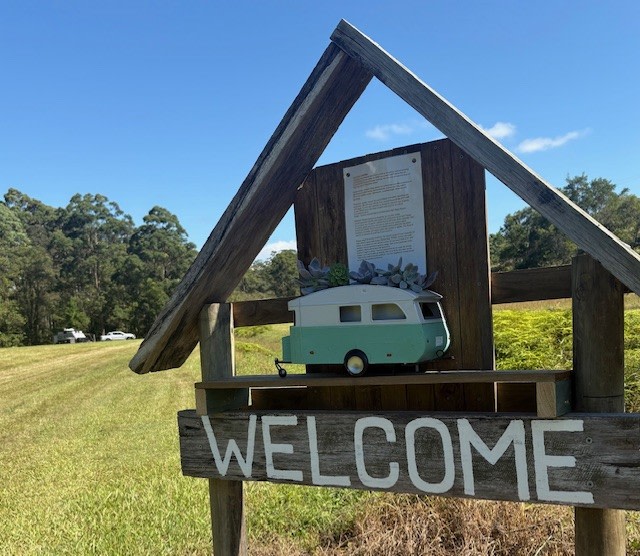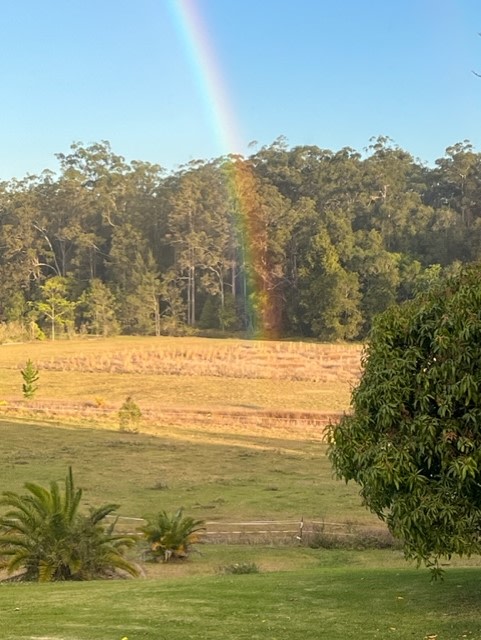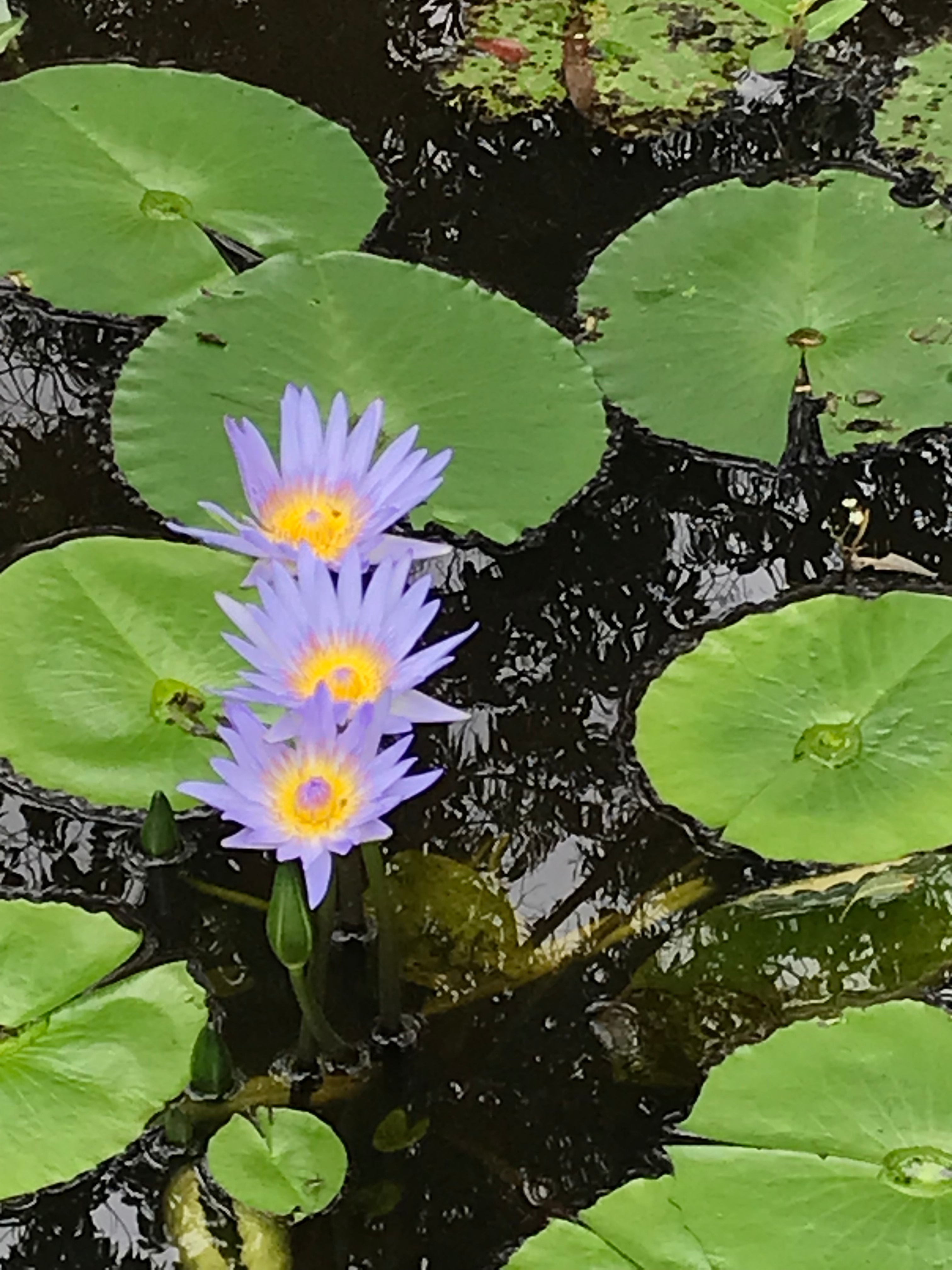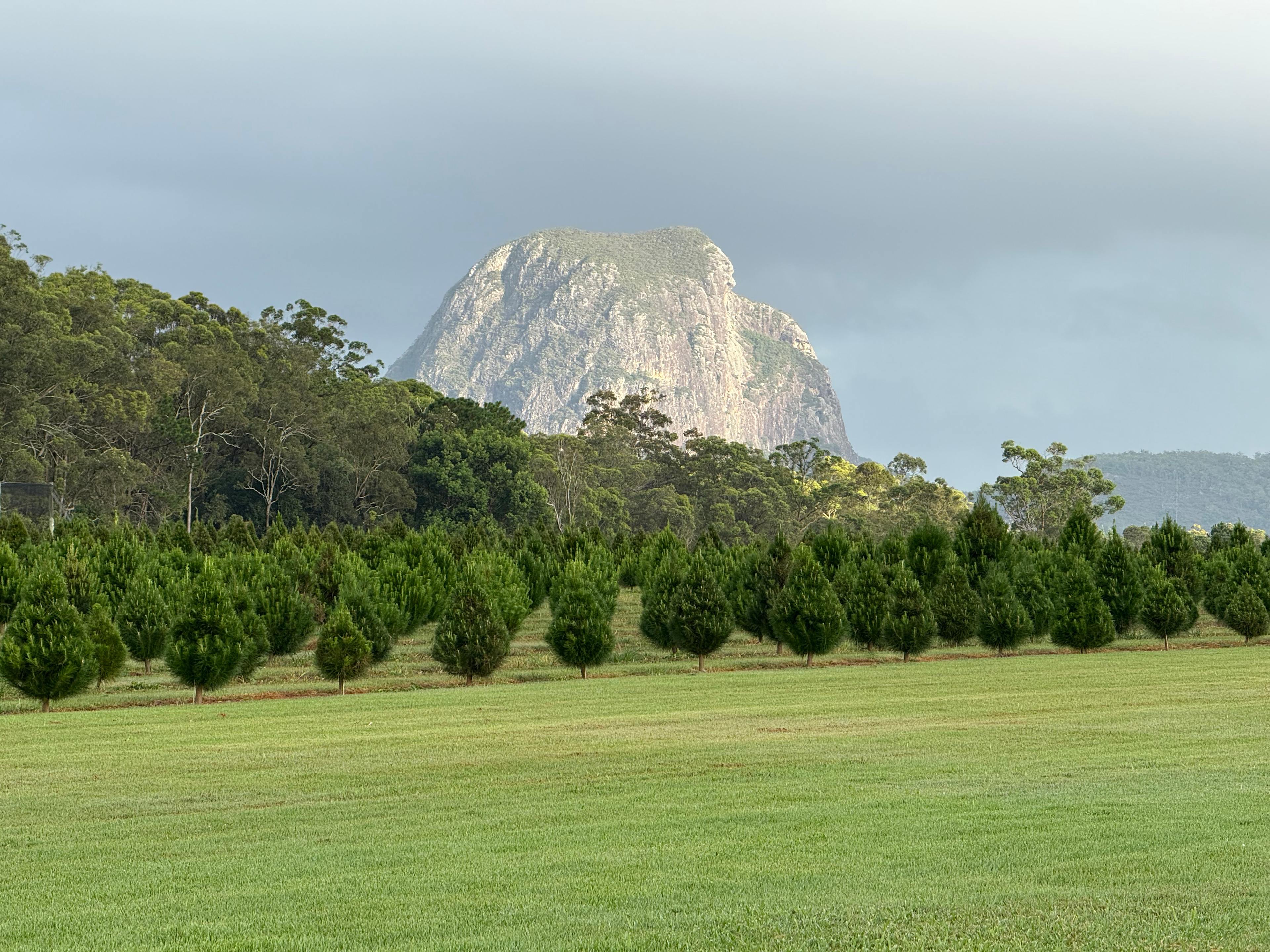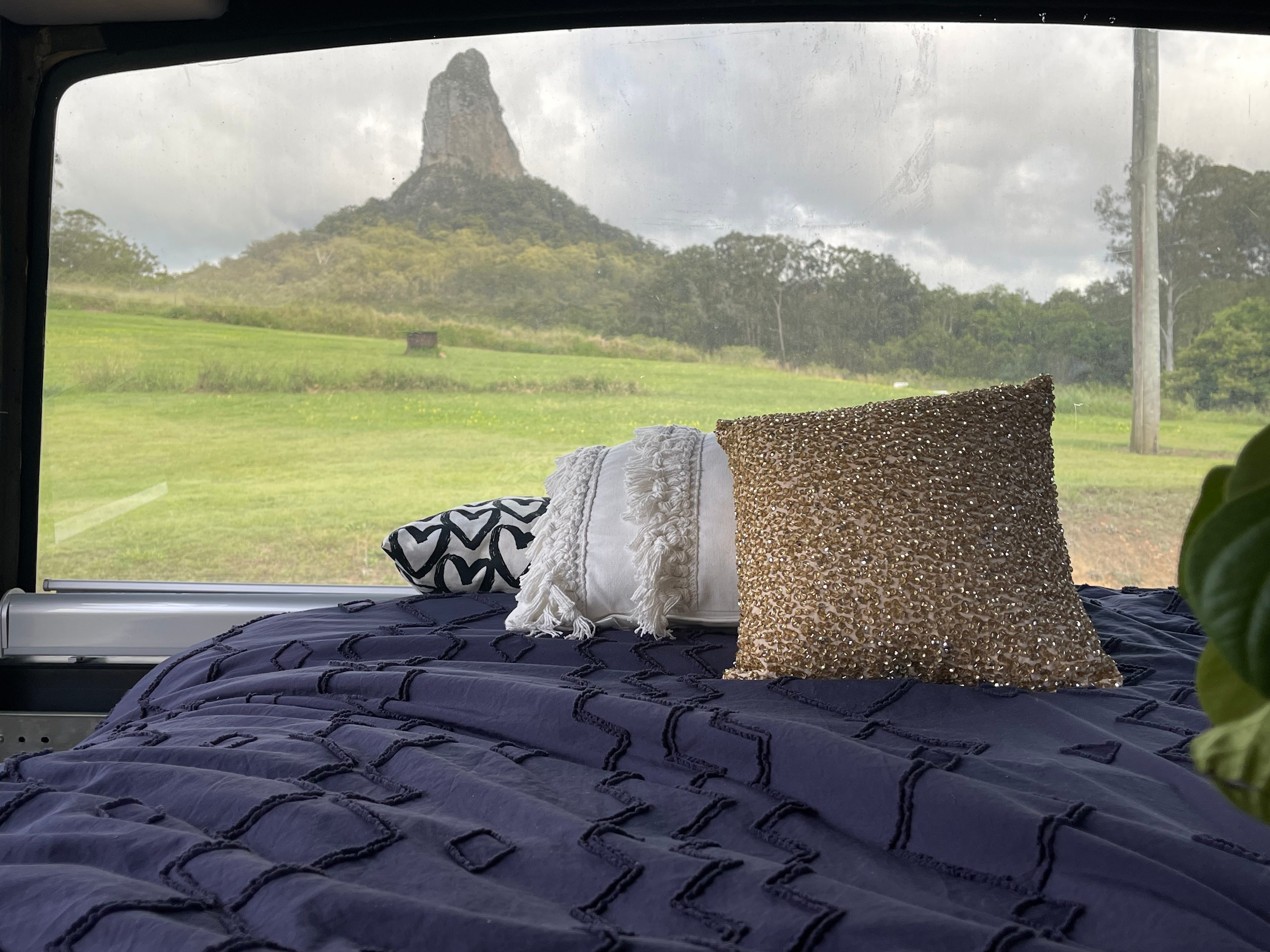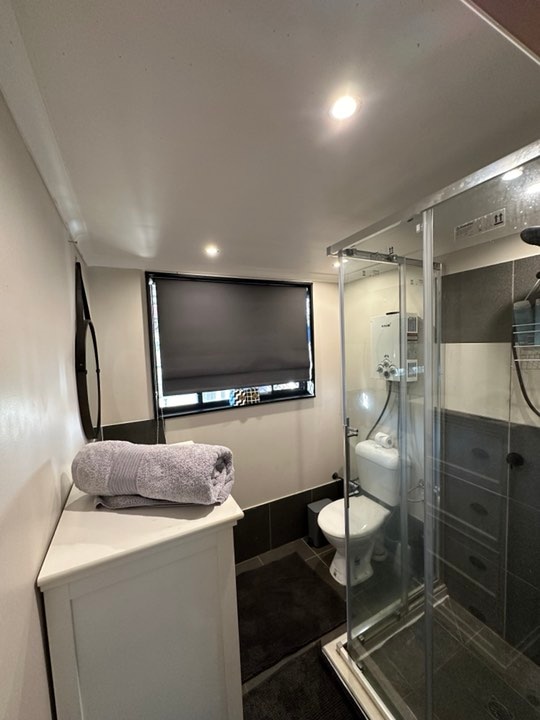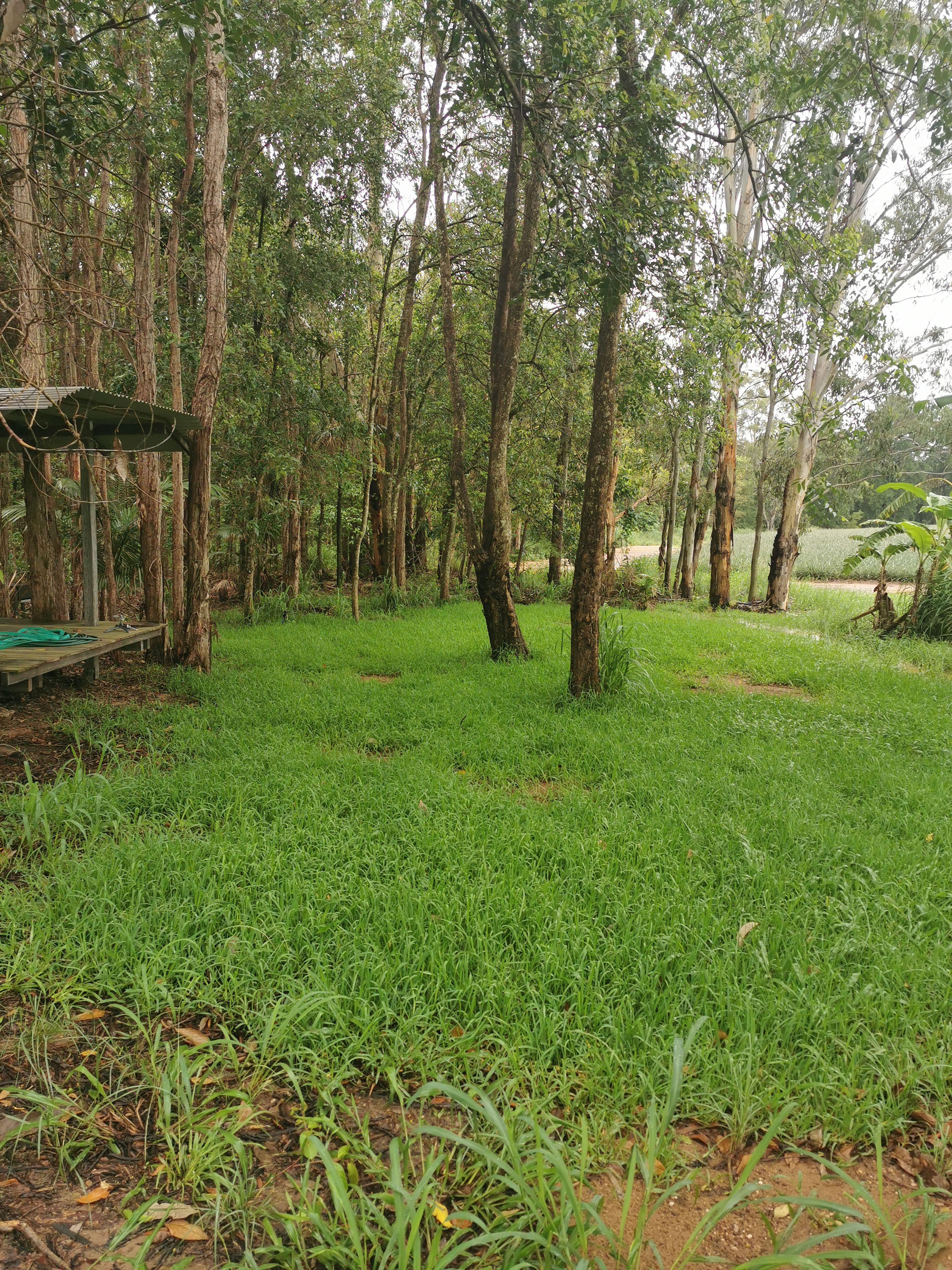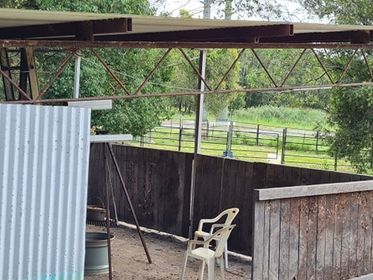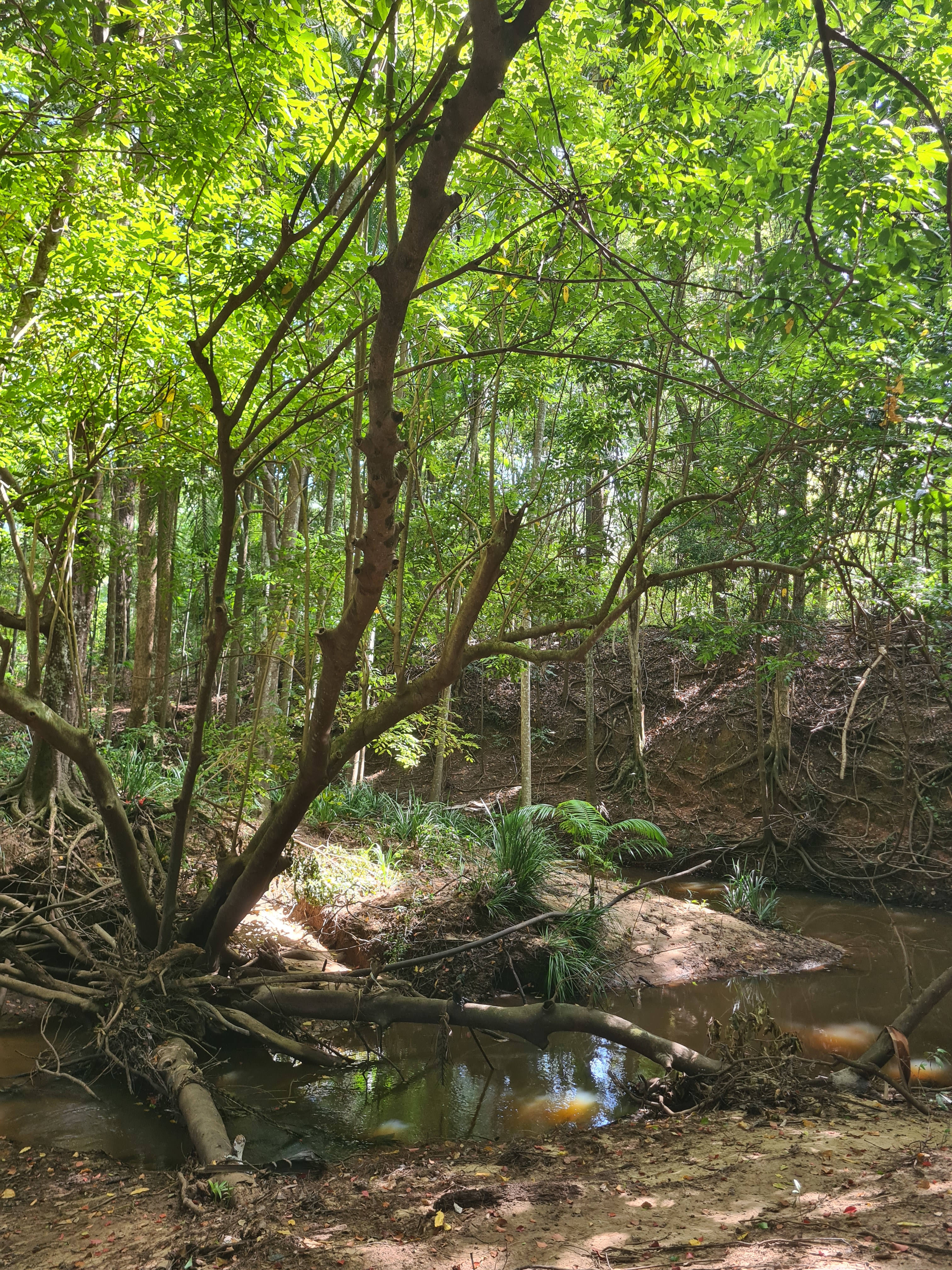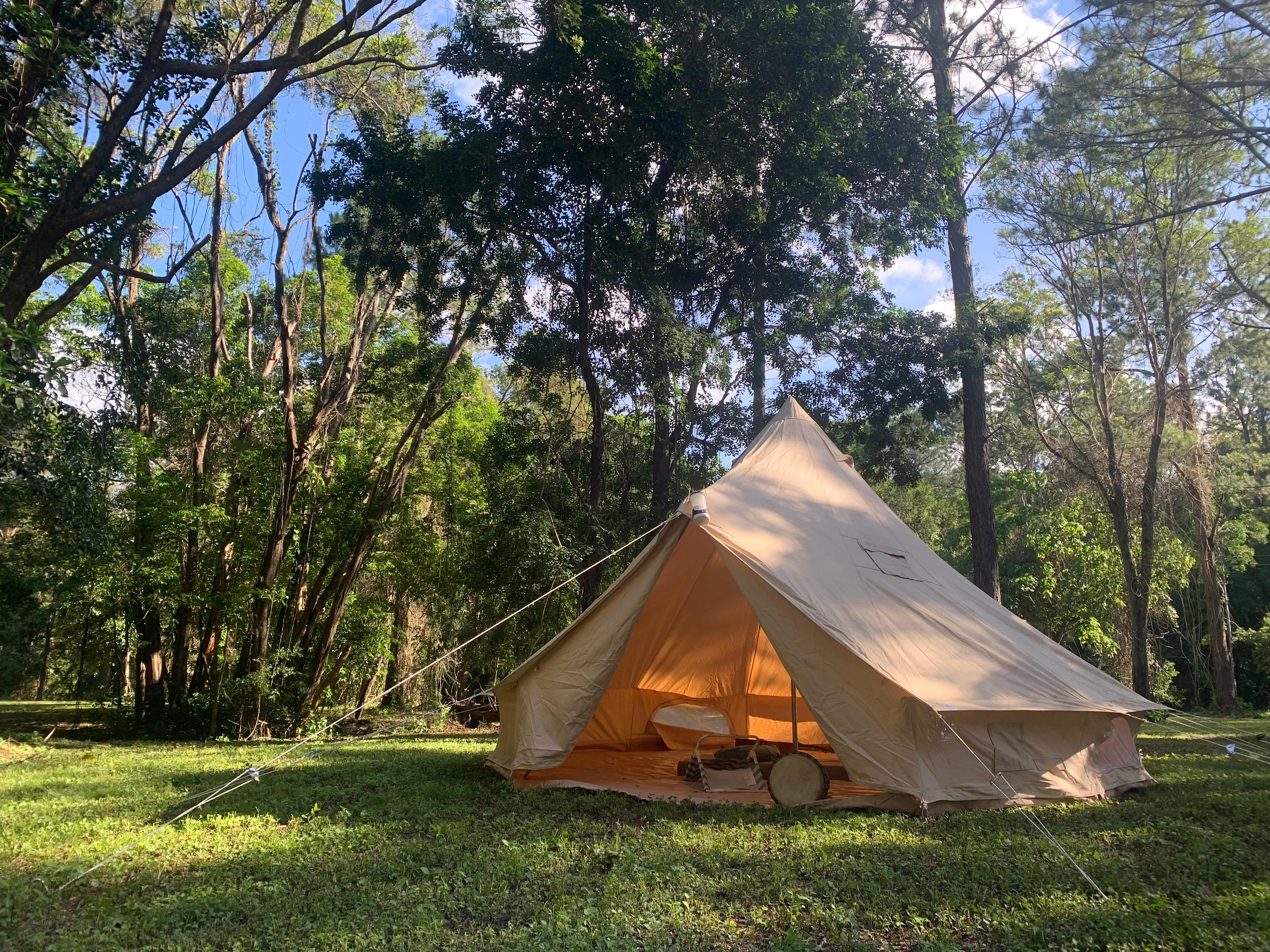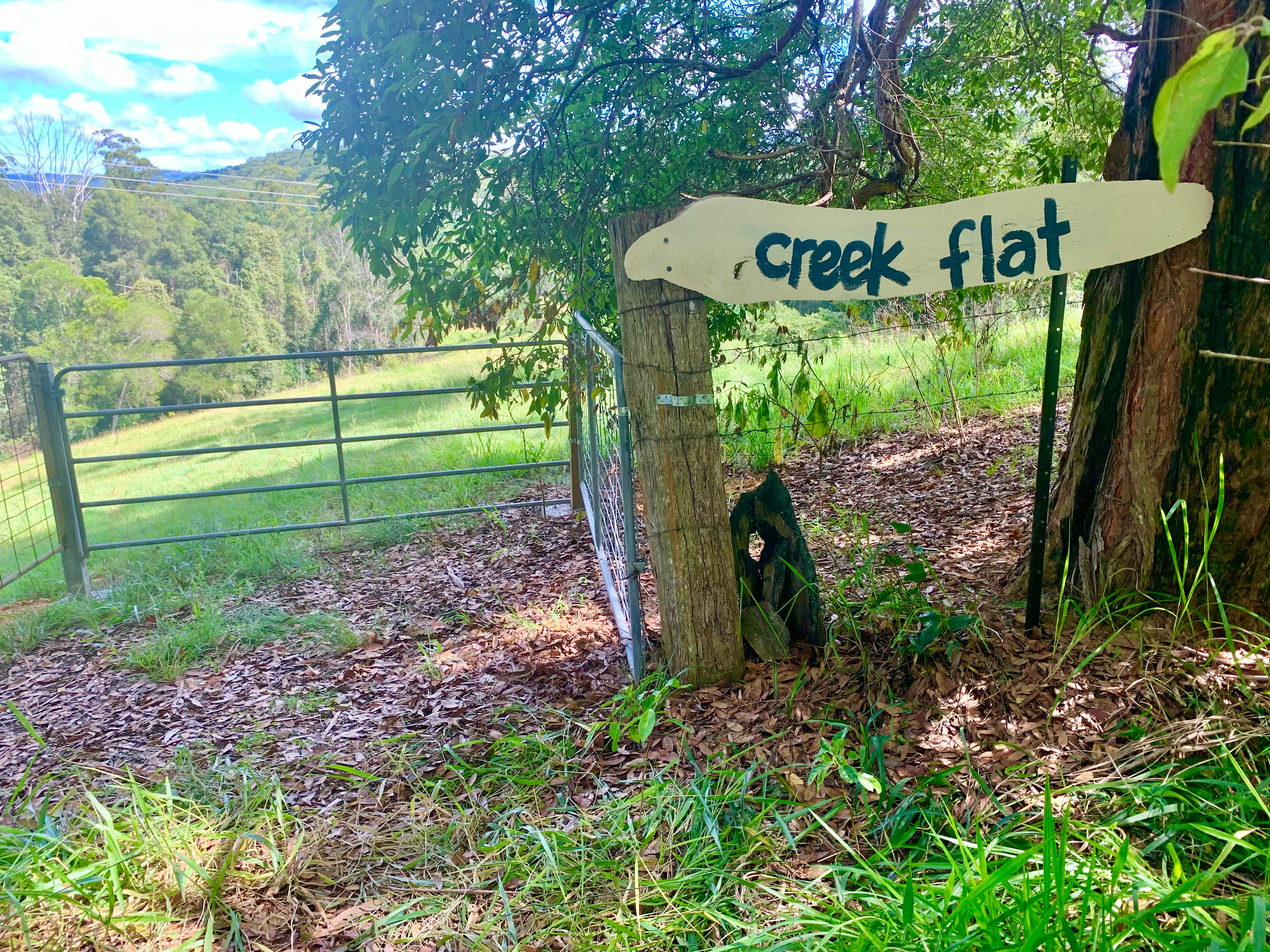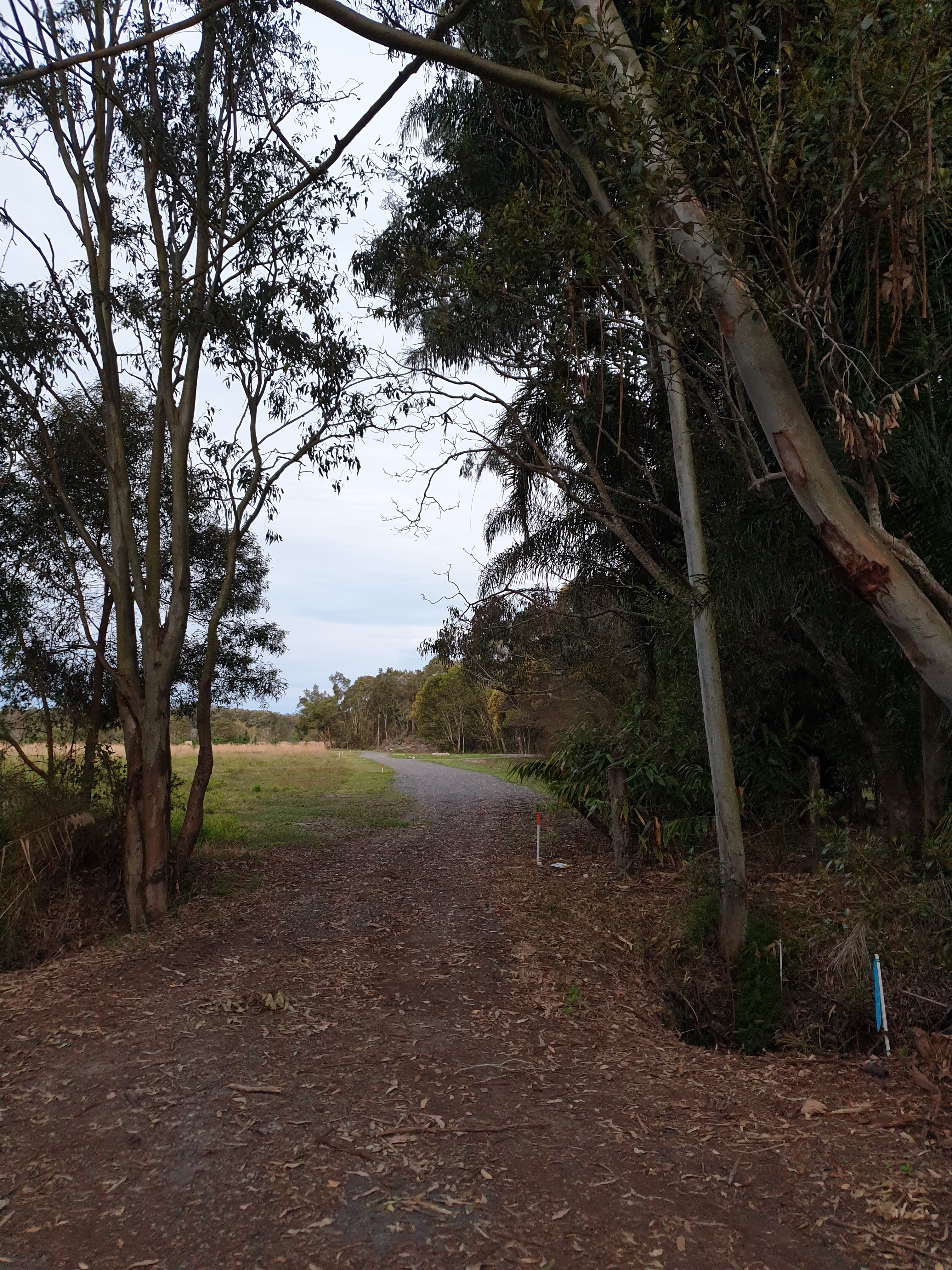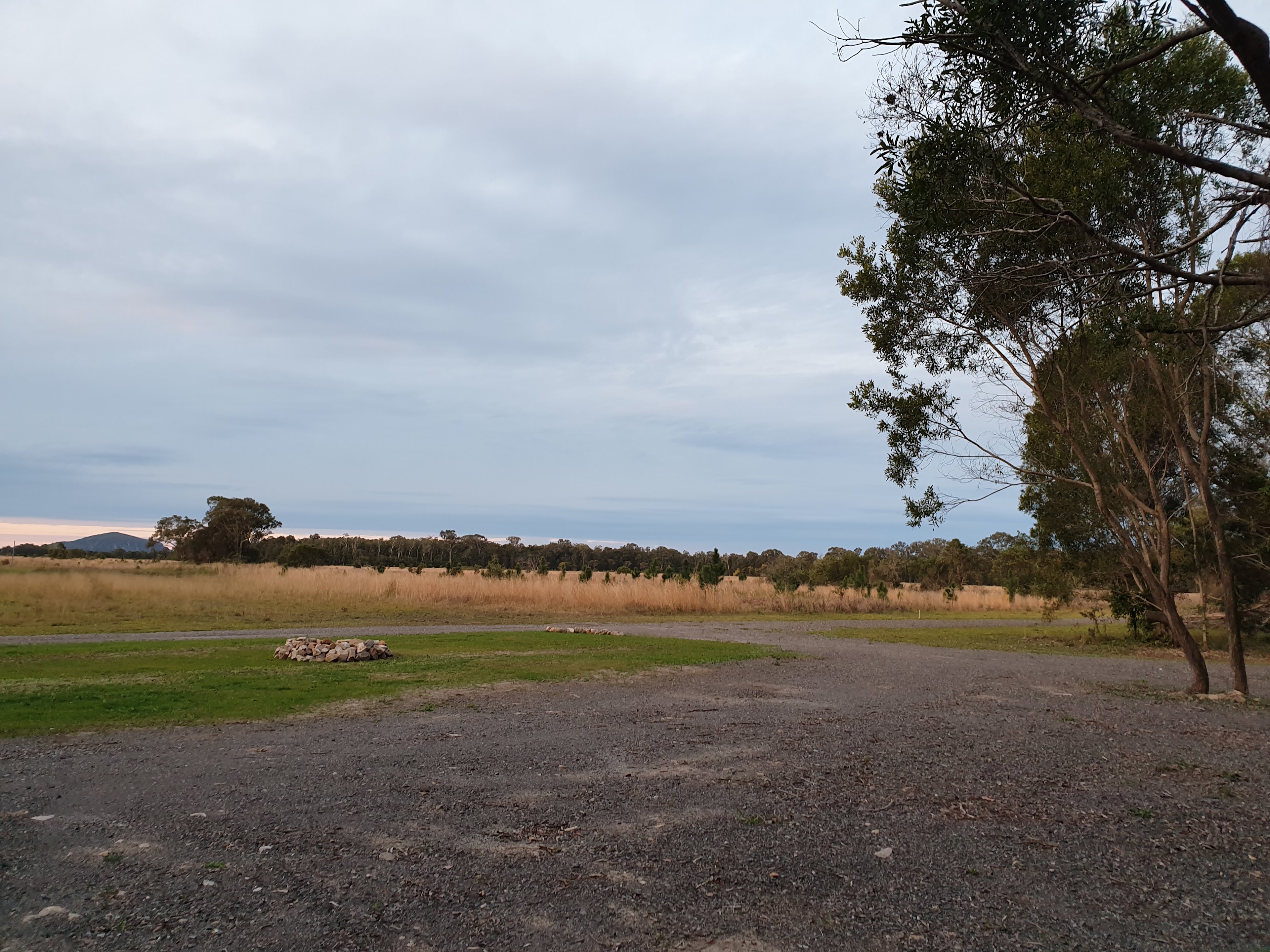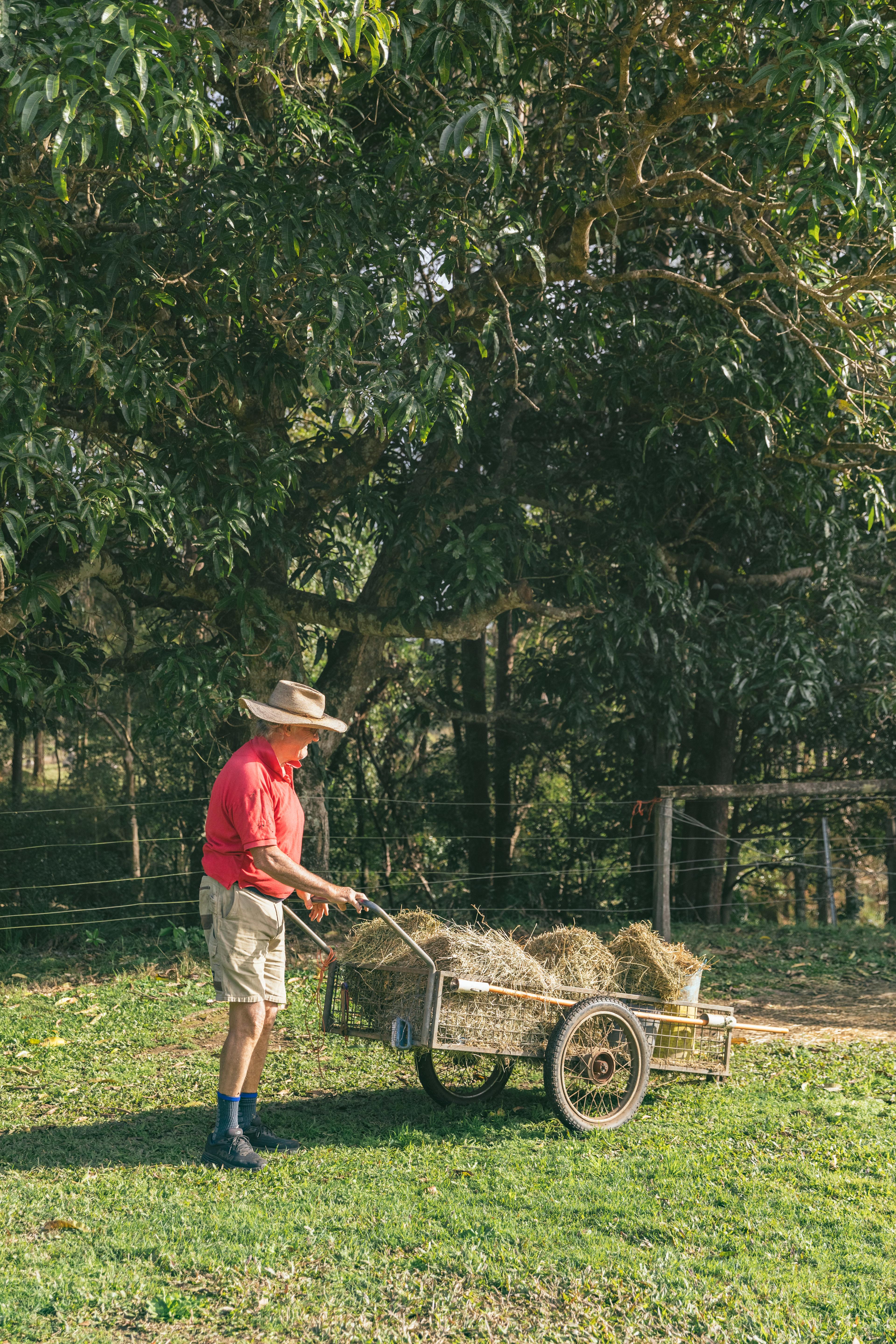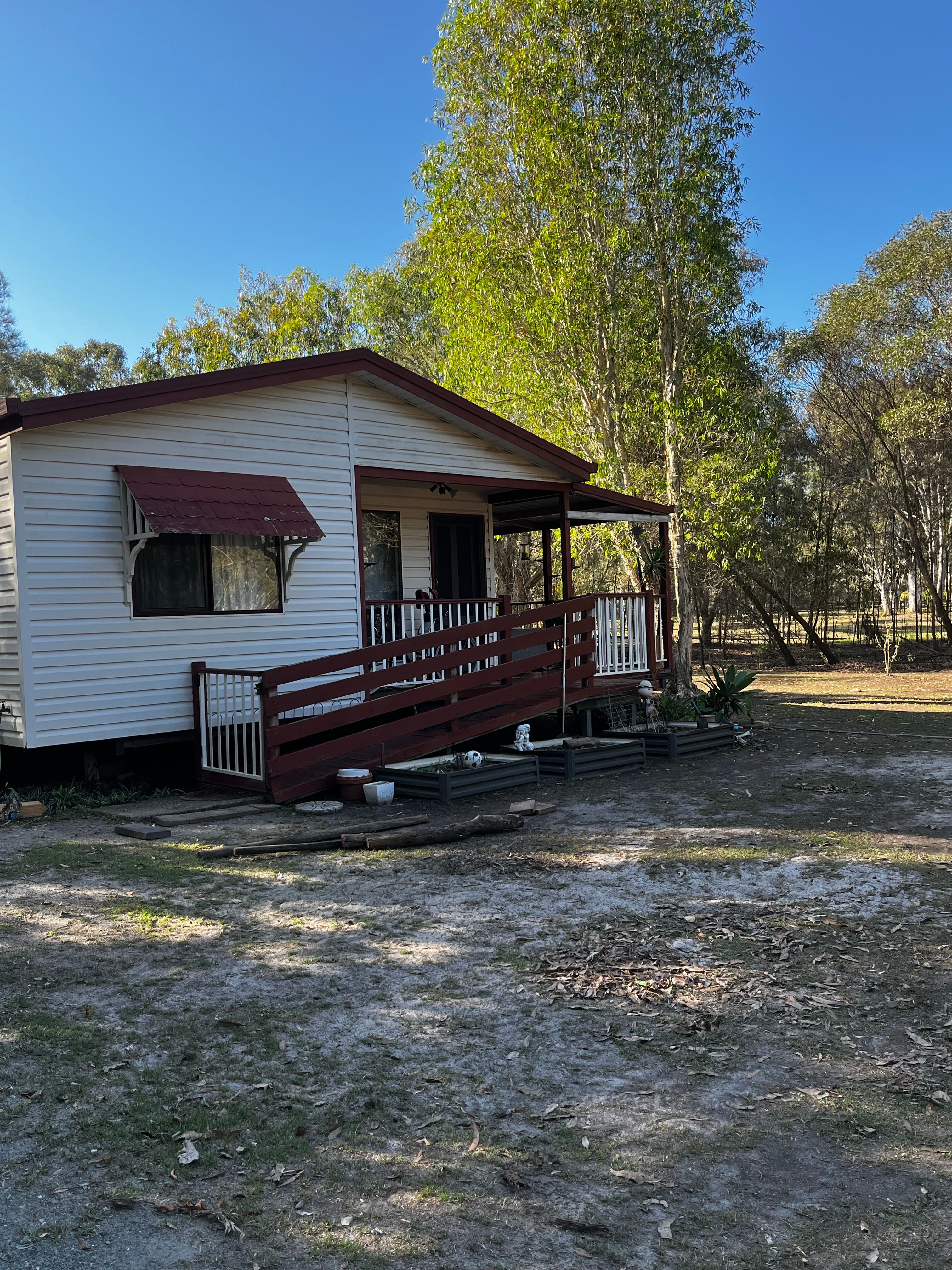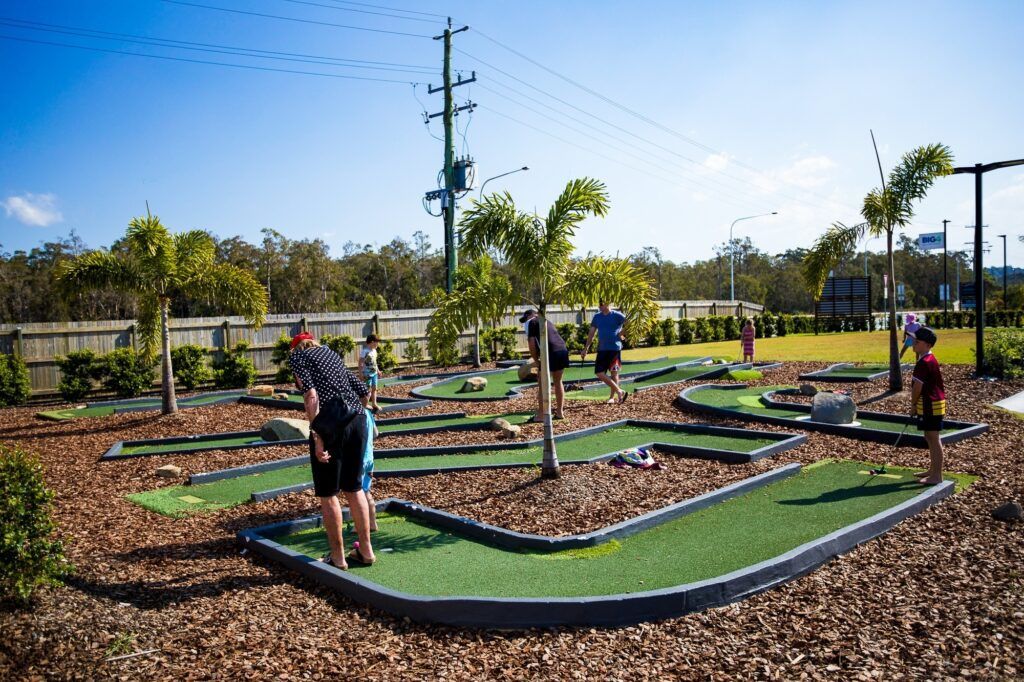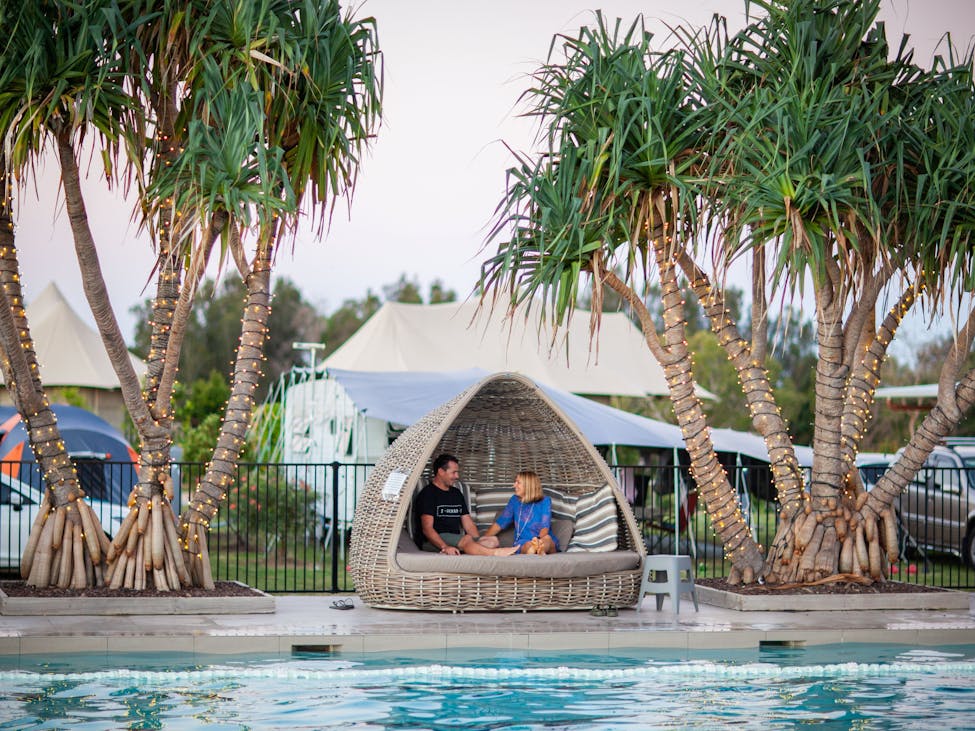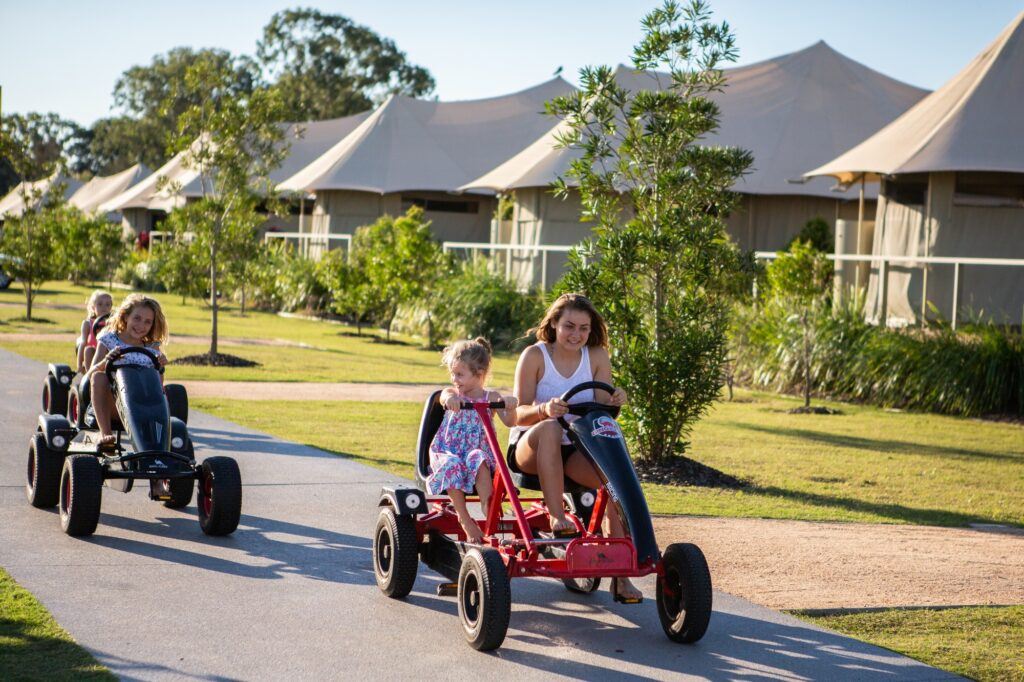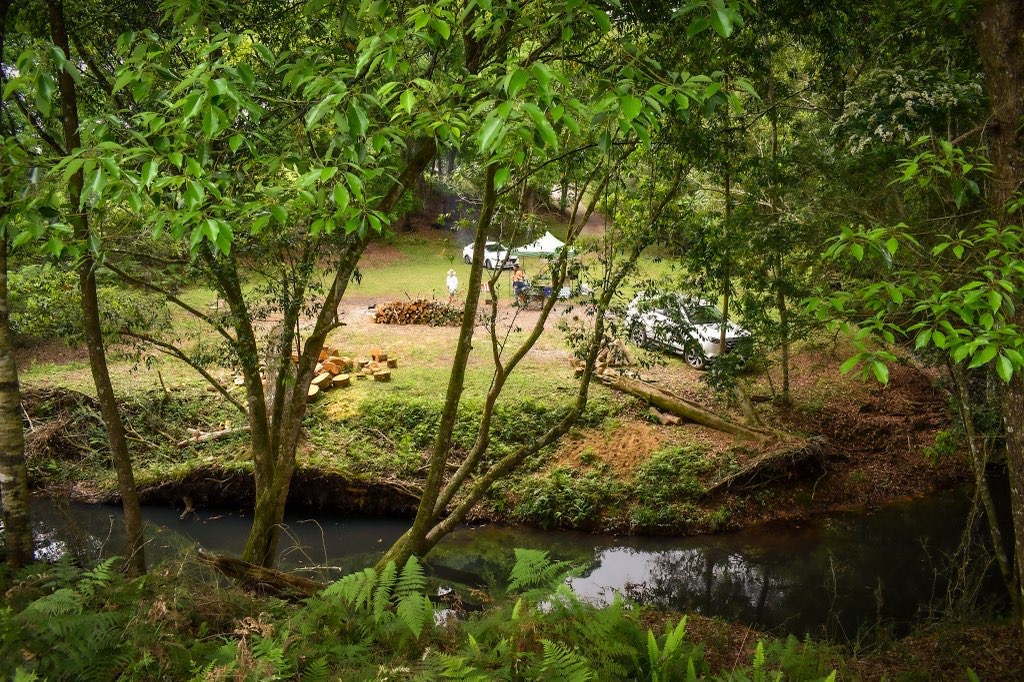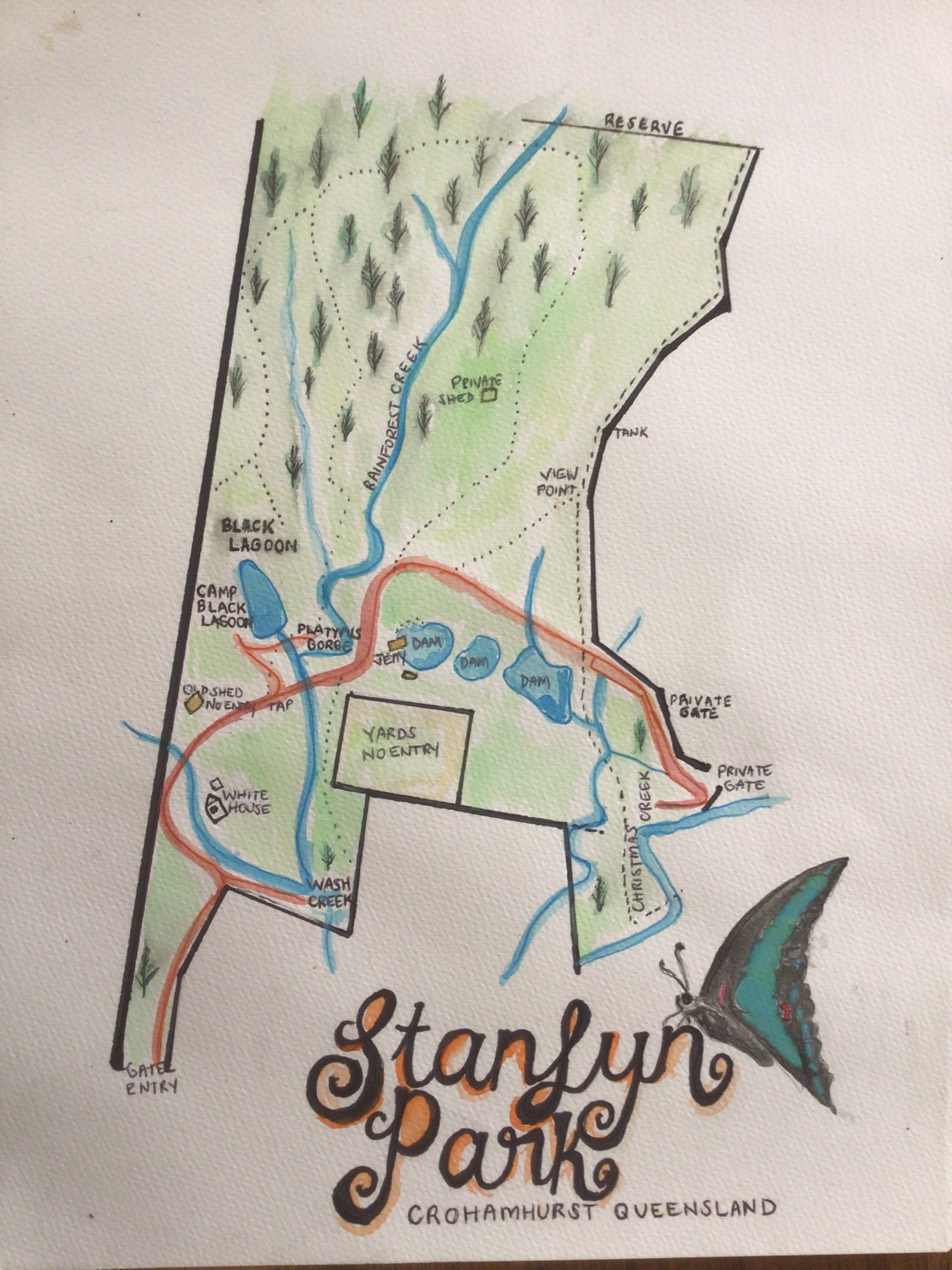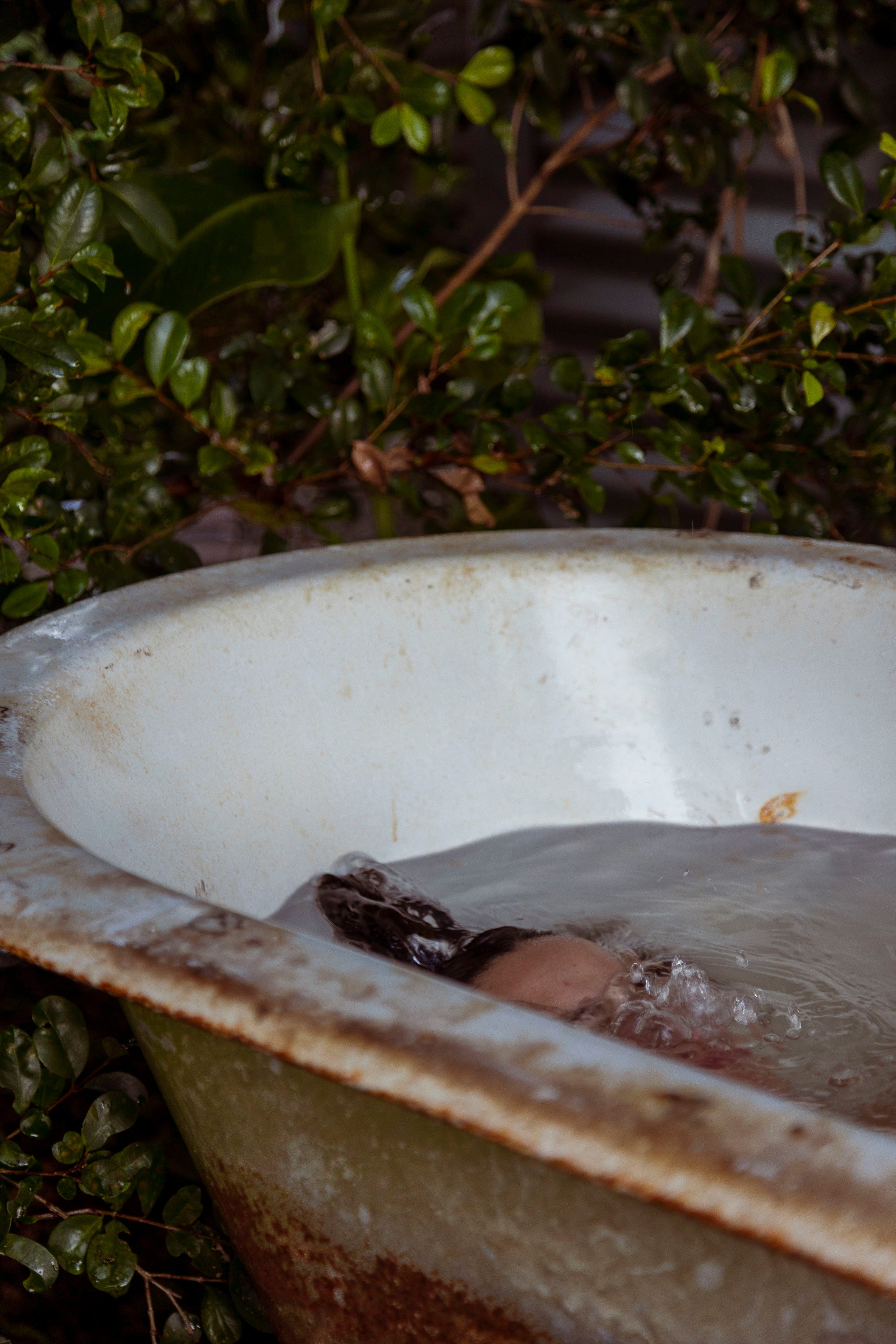- Bribie Island National Park
The best camping in Bribie Island National Park, QLD
Laidback coastal camping, with fishing, boating and birdwatching.
The best camping in Bribie Island National Park, QLD
Discover the most magical spots to pitch your tent or park your rig on your next Bribie Island National Park adventure.
Camper favorites near Bribie Island National Park
Top-rated campgrounds reviewed by the Hipcamp community.



Recent reviews from the Hipcamp community




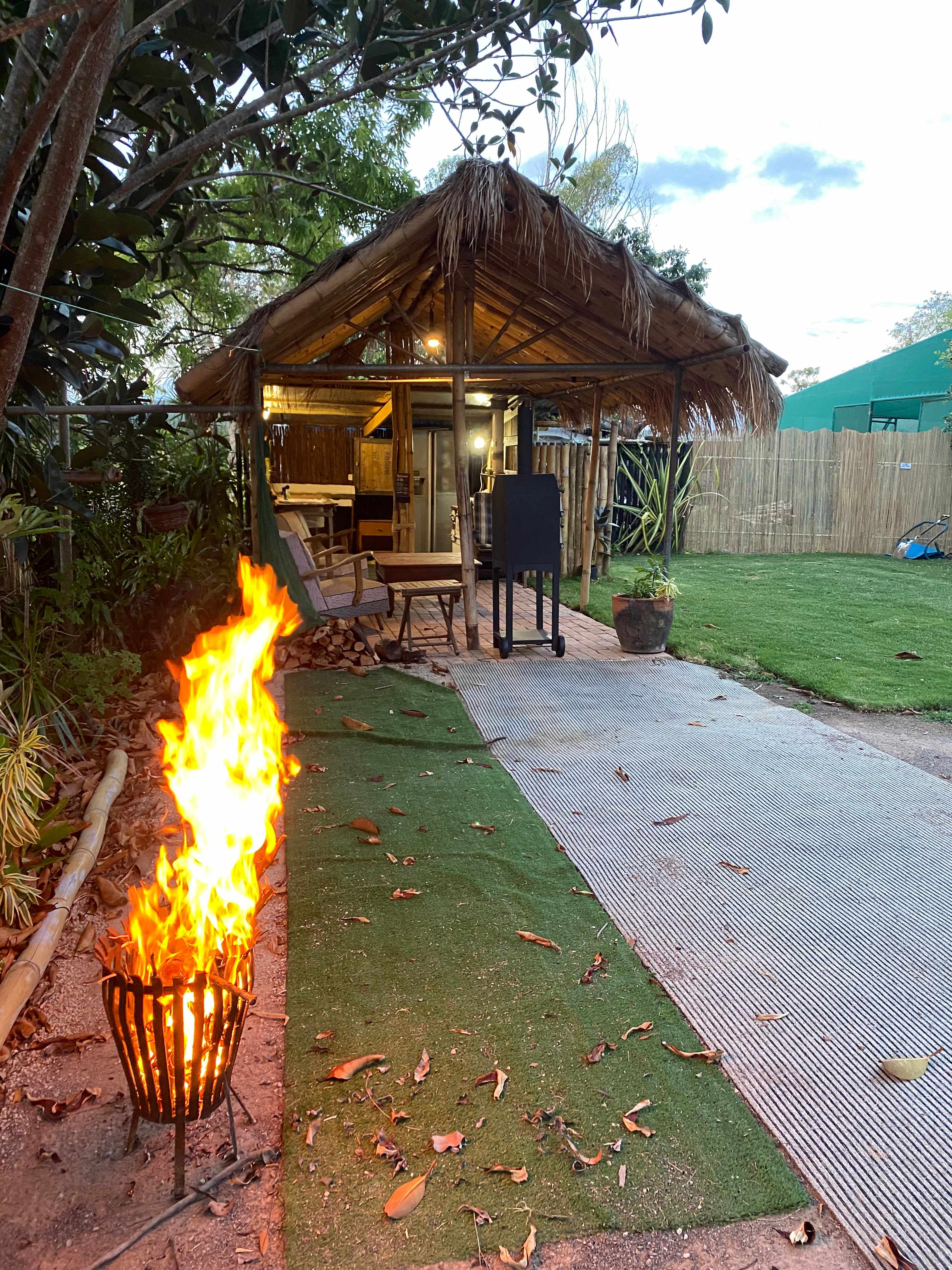
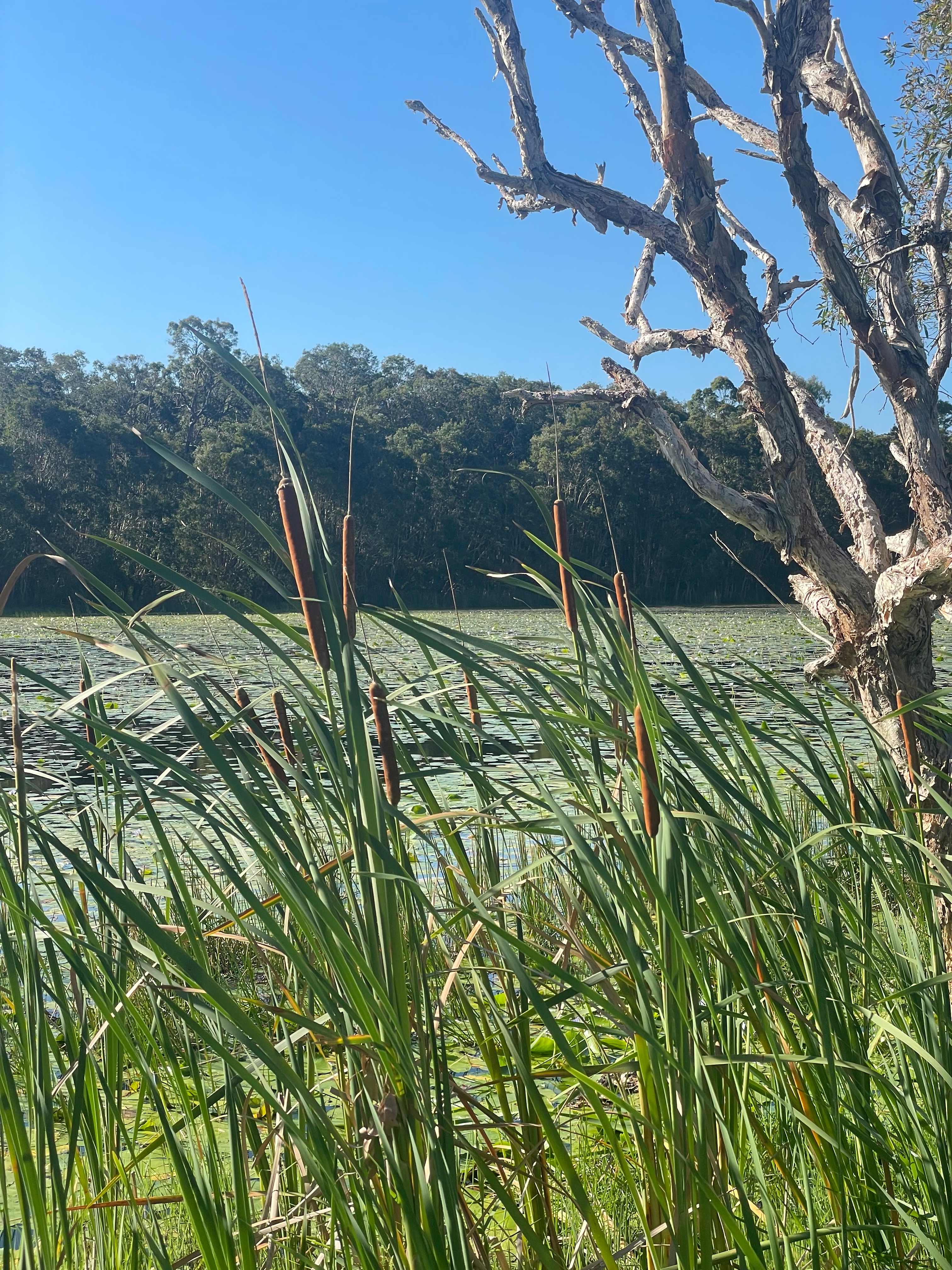

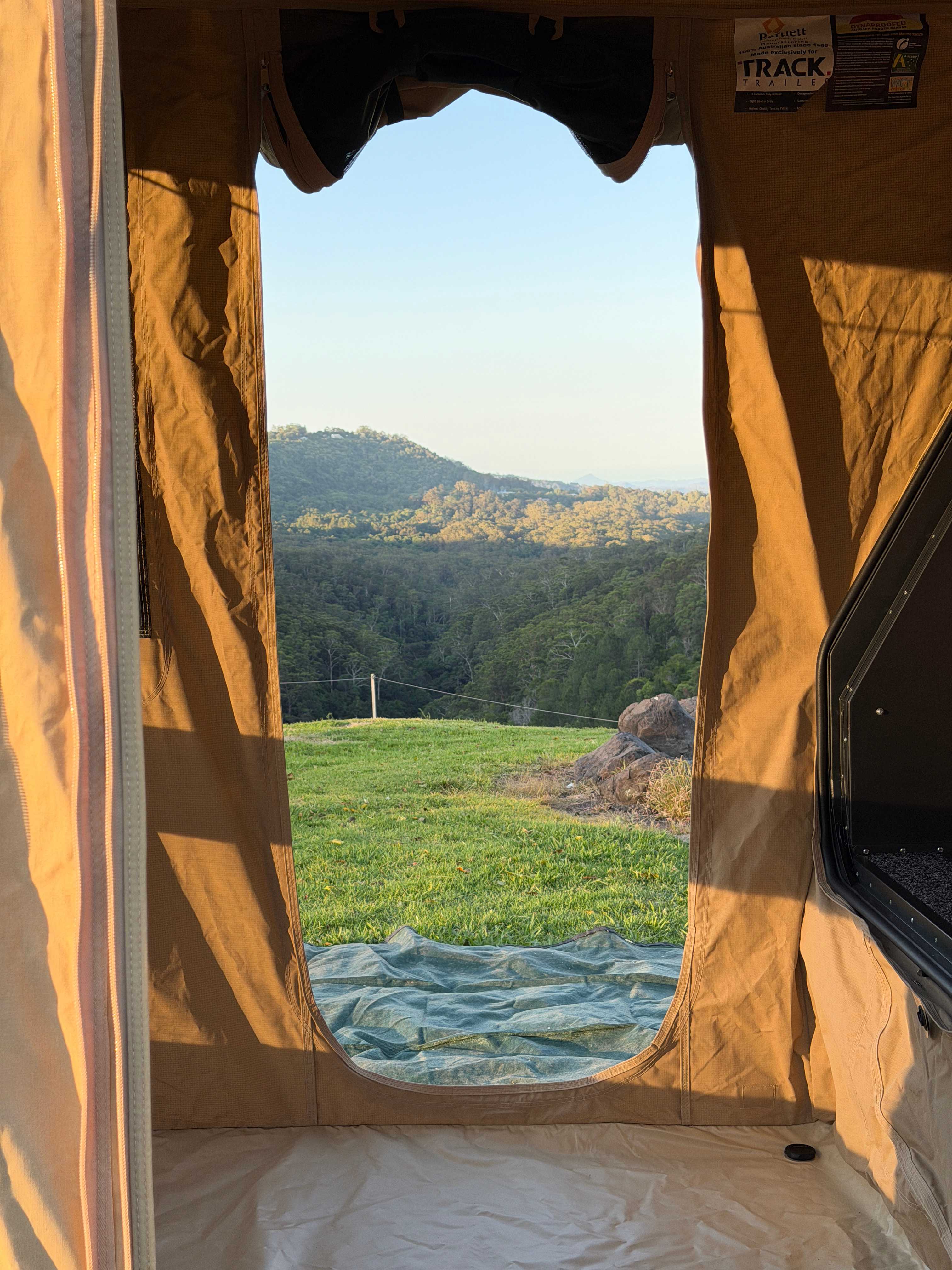
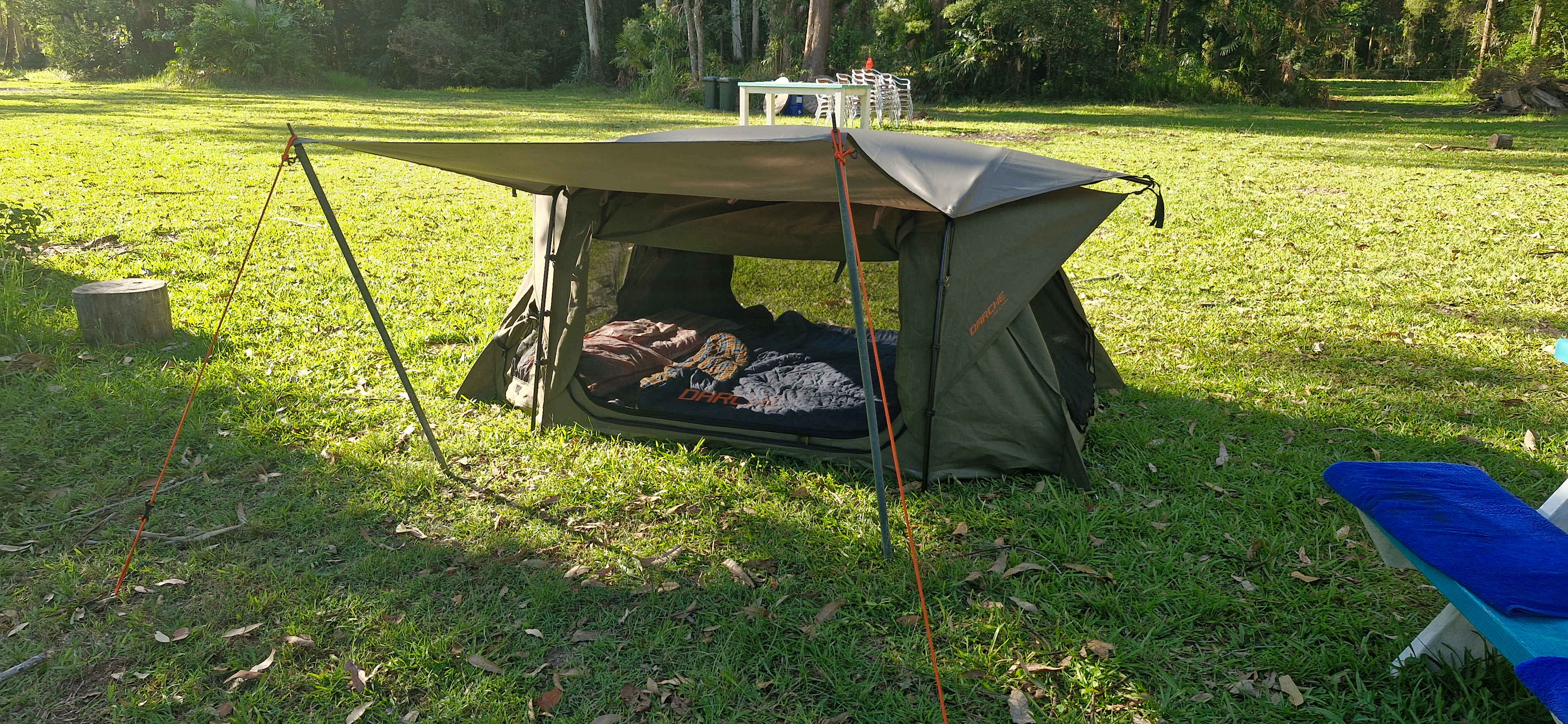
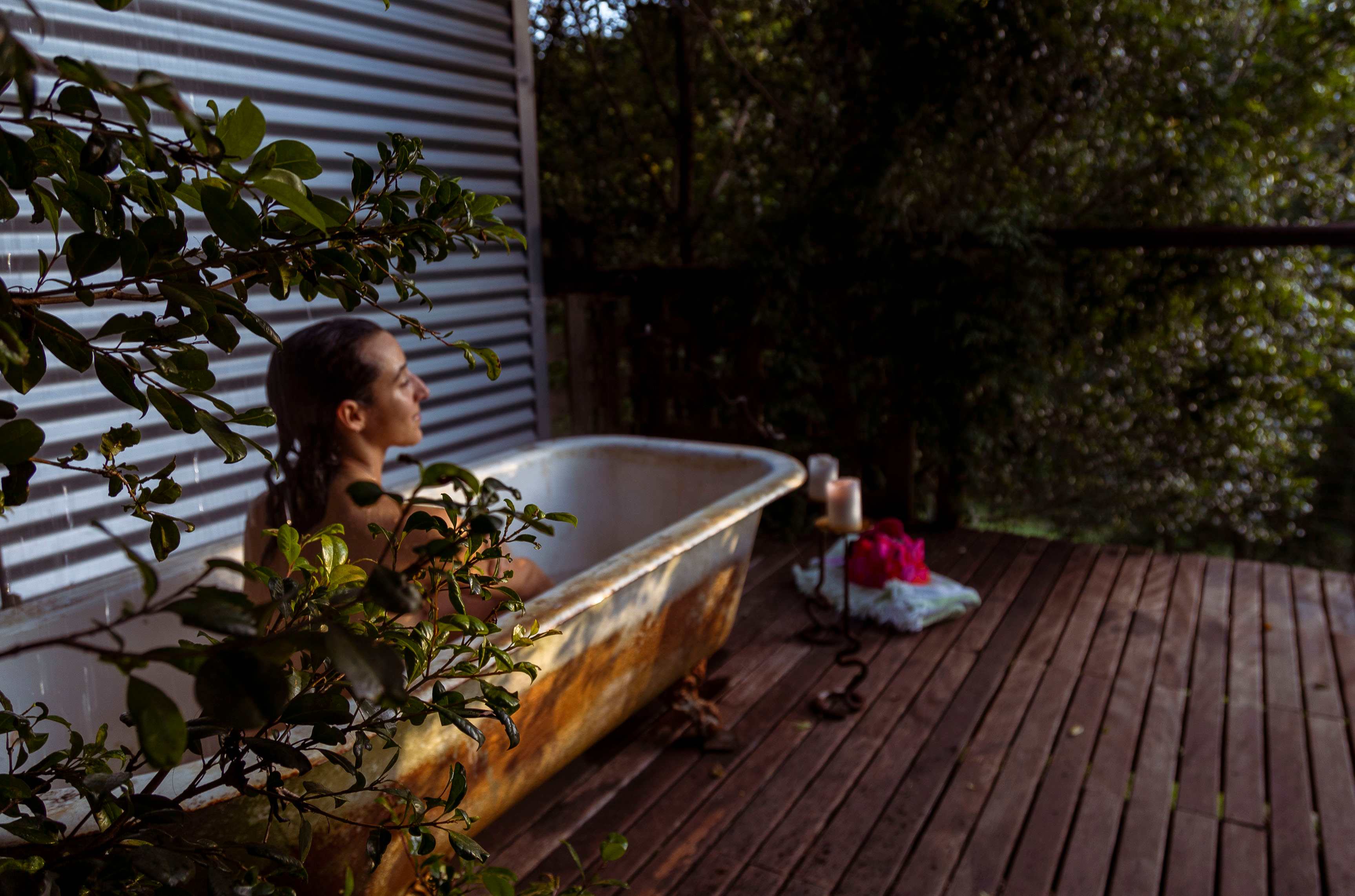










The best camping in Bribie Island National Park, QLD guide
Overview
About
Bribie Island offers beautiful coastal scenery, low-key bush camping spots, popular boating and fishing areas in Pumicestone Passage, excellent birdwatching opportunities and spring wildflowers.
Linked to the mainland by bridge, about 90 kilometres north of Brisbane, Bribie Island is a seaside community with all the facilities you’d want for your camping trip. Coastal camping offers opportunities for birders, with up to 15,000 migratory shorebirds visiting the island’s wetlands between December and April. Expect to see ospreys, sea eagles, brahminy kites, and whistling kites. Three camping areas are accessible only by 4WD and another two by boat. The calm Pumicestone Passage is perfect for kayaking, with the backdrop of the Glass House Mountains. Don’t be surprised if you see dolphins, dugongs or turtles.
Notable campgrounds
- Best for fishing: Lime Pocket, accessible by boat, offers excellent fishing.
- Best for big groups: Poverty Creek camping area has grassy open spaces.
- Best for water views: Gallagher Point camping area overlooks Pumicestone Passage.
Tips for snagging a campsite
- Camping permits, available online or by phone, are required.
- Book at least three months in advance if you can, or up to 12 months in advance for Queensland school holiday times.
When to go
Bribie Island has a mild, subtropical climate. The average daily temperature range is 22–30° C in summer and 12–22° C in winter. Summer (December to February) is hot and humid and can see some fantastic afternoon thunderstorms. Spring (September to November) is a lovely time to camp, but Australian school holiday times can be busy.
Know before you go
- Access requires a 4WD vehicle and a vehicle access permit.
- Campers may only access booked campsites after 2pm on the day of arrival and must leave by 11am.
- Bring drinking water. There is no water supply at Gallagher Point or Lime Pocket camping areas; water in the taps at the other camping areas is not suitable for drinking.
- It is illegal to collect firewood in the park, so bring wood if you want a campfire.
- When driving on the beach, check the tides and travel as close to low tide as possible, as this is when conditions are safest.

